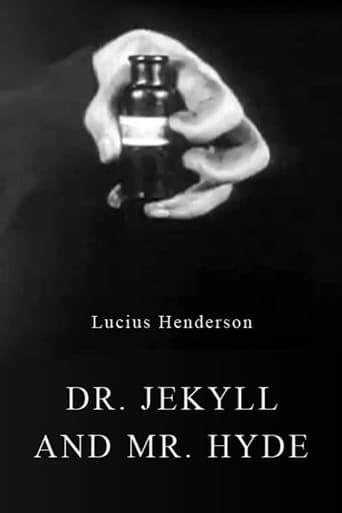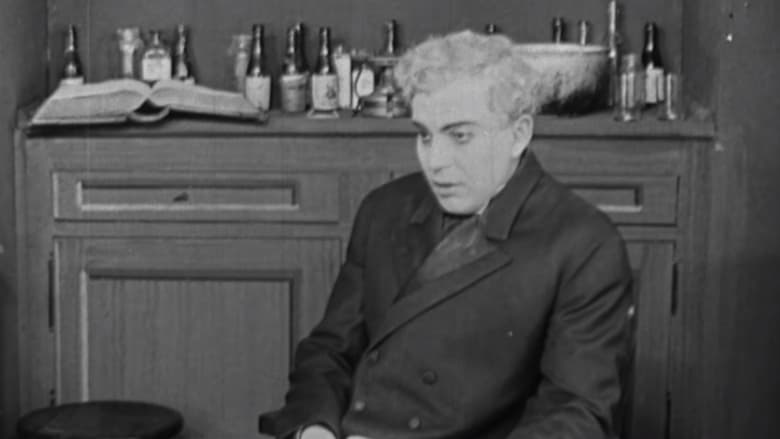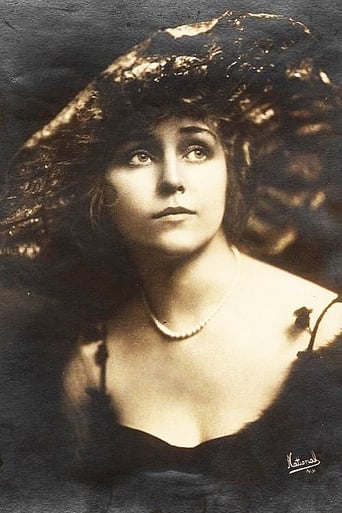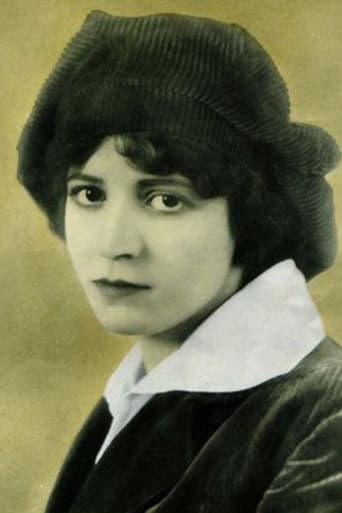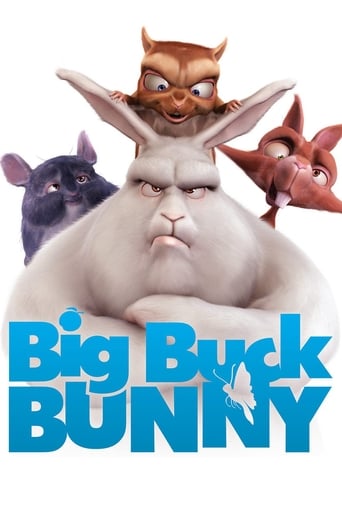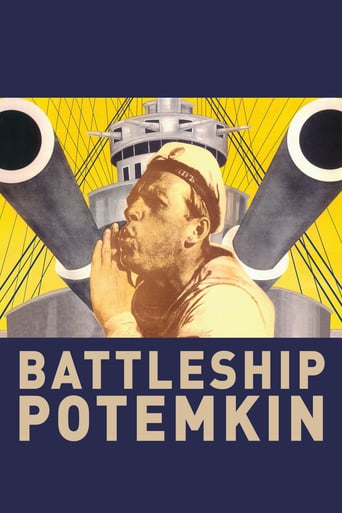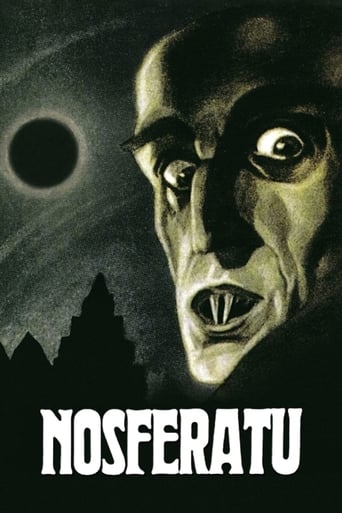Dr. Jekyll and Mr. Hyde (1912)
Dr. Henry Jekyll experiments with scientific means of revealing the hidden, dark side of man and releases a murderer from within himself.
Watch Trailer
Free Trial Channels
Cast


Similar titles
Reviews
Tied for the best movie I have ever seen
Am I Missing Something?
There are moments that feel comical, some horrific, and some downright inspiring but the tonal shifts hardly matter as the end results come to a film that's perfect for this time.
It really made me laugh, but for some moments I was tearing up because I could relate so much.
Approaching Robert Louis Stevenson's "The Strange Case of Dr. Jekyll and Mr. Hyde" novella is pretty much impossible to do in 11 minutes. Then again, tons of short film adaptations were made during the silent era. It is said the first was made in 1908, as a filming of a stage play adaptation, but sadly this movie has been lost. A 1910 movie was made of it, but that's lost too. Thus, this 1912 "adaptation" by Lucias Henderson is the earliest surviving version. It is very, very simplistic and doesn't hardly follow the novel, but for the time it's about as good anyone could've done it anyways.The story begins with Dr. Jekyll messing around with formulas and mixing this potion which turns him into Mr. Hyde. He becomes fascinated and keeps changing himself until he can no longer control his transformations. He starts uncontrollably transforming on the spot while making out with his girlfriend (who wasn't even IN the book originally) so after a bit she begins to get suspicious. Eventually, this all leads up to the finale. There's no Mr. Utterson, Mr. Carew, or Dr. Lanyon at all. It's a nice film but is by no means a real adaptation, so you might be better off reading the book first before watching the film.
Lucius Henderson's "Dr. Jekyll and Mr. Hyde" is the second movie adaptation of Robert Louis Stevenson's novel, and the oldest surviving version. There was a 1908 version of which no prints are known to exist, making it a lost film. This movie is only about 11 minutes long, so they only adapted the most basic things about the story. Most of it's pretty anticlimactic.The Thanhouser Company, which made the movie, produced about 1,000 movies between 1909 and 1918. This is the first one that I've ever seen, and I watched it on Wikipedia. Apparently, Florence La Badie (Jekyll's sweetheart) got killed in a car wreck a few years after the movie got released.I suspect that most of my generation first learned of the story from Looney Tunes cartoons. For example, there was "Dr. Jerkyl's Hide", in which Sylvester is running from some dogs. He accidentally swallows some of the formula and turns into a monster who makes mincemeat of the bulldog but always reverts to his normal appearance when in the presence of the small dog. And then of course there was "The Nutty Professor" (both the Jerry Lewis version and the Eddie Murphy version).This is an OK version. Nothing impressive. You're just not going to end up with any great adaptation of a classic novel if you only have eleven minutes. The best adaptations are the ones with Fredric March and Spencer Tracy.
"The taking of certain drugs can separate man into two beings---one representing EVIL the other GOOD" the story begins by telling us. Jekyll tests that theory on himself one night by downing an elixir, which instantly turns him into a clawed, slobbering ogre. A different elixir returns him to his normal state. More studies are needed.He later marries. His repeated use of the elixir causes uncontrollable changes in him, back into the clawed, slobbering ogre, who ransacks his own house and then takes to the streets to assault people, and ultimately kill a man.Followed by police, Hyde retreats to his home, for another dose of elixir. But when it is gone, he realizes he is now stuck as Hyde. Police chop down the door to Jekyll's study with an ax, only to find Hyde, and Jekyll, dead. Or, incredibly sleepy.Industrial look throughout helps give it a more gritty feel, but compressing the story down to a handful of minutes makes it seem like they only adapted a couple of paragraphs of the story. This is the earliest existing film version of this tale, as a 1908 version appears to be lost.
James Cruze is remembered by silent film buffs as a man who worked behind the camera, most memorably as director of one of the first great Western epics: The Covered Wagon, released in 1923. However, in earlier years he worked as an actor for the Thanhouser company of New Rochelle, New York, a studio of modest size that was active circa 1910-1917. Cruze can be seen in the role of Dr. Jekyll in Thanhouser's one-reel version of Robert Louis Stevenson's famous tale, an adaptation that is neither the best nor the worst but surely one of the fastest film versions, clocking in at just over eleven minutes. Given the time constraints, these filmmakers really had to cut to the chase! After a brief shot of Dr. Jekyll discussing his theories with an unidentified companion, he's in his lab mixing the potion, and the first transformation takes place before one minute has elapsed. Perhaps it goes without saying that we get only the highlights of the story here.Don't expect the cobble-stone streets of Victorian London, for this is a low-budget production that appears to have been filmed in the suburbs of New Rochelle, identified only as "the village" in title cards. The presentation is straightforward and rather subdued, and the performances are low-key by the standards of the day. Hyde's makeup job is fairly restrained too, big teeth notwithstanding, certainly when compared to some of the later versions. I was a little surprised to learn that Dr. Jekyll and Mr. Hyde are played by two different actors, at least in some shots. If you watch carefully you'll see that Harry Benham's Hyde is distinctly shorter than Cruze's Jekyll. Ordinarily actors relish the opportunity to play both of these roles, but perhaps the technical limitations of the time dictated this unusual casting decision.There is one especially effective moment when Jekyll realizes he's on the verge of a transformation into his evil alter ego in the presence of his fiancée, and attempts to get away from her. Viewers familiar with the source material might be interested in a couple of minor alterations from the novel: here, Jekyll's fiancée is the daughter of a minister, and there is a plot twist in the final scene relating to Hyde's death that may come as a surprise. Over all, however, this rendition of the story is little more than a moderately interesting curio. It isn't all that exciting, sorry to say, though allowances should be made for pioneer filmmakers. You know it's still early in cinema history when the shelves in Jekyll's study are painted on the walls -- and you know the movie isn't sufficiently exciting when you find yourself examining Dr. Jekyll's bookshelves.

